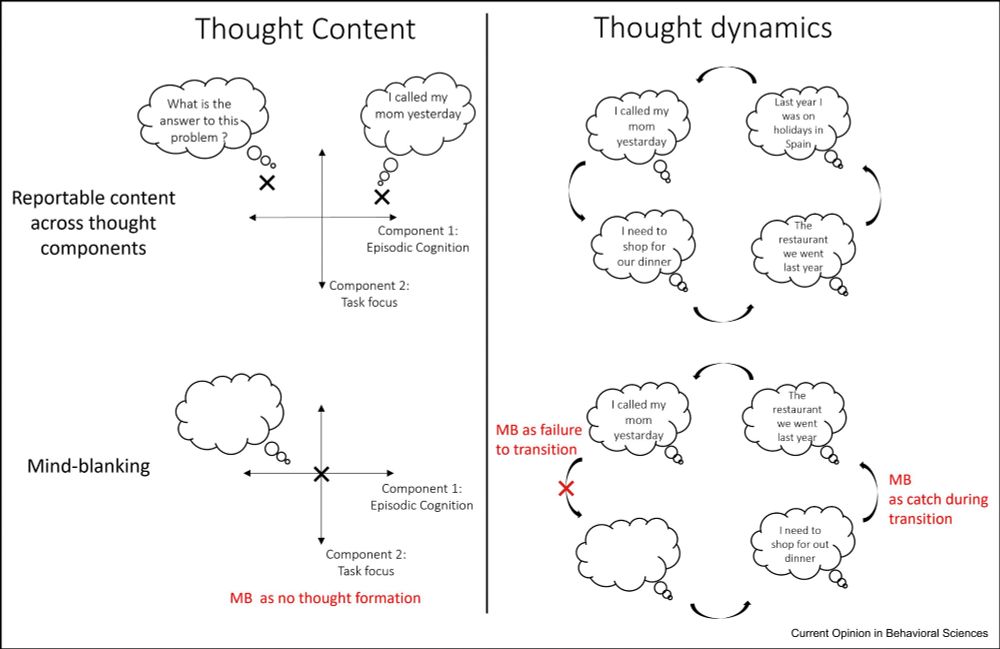researcher at gigaphysiologycognition.uliege.be
mind-blanking, spontaneous thinking, brain-body interactions
dnd, cozy fantasy, freddo espresso and cookies




1) while MB occurred infrequently, the probability of reporting MB increased when participants reported sleepiness.

1) while MB occurred infrequently, the probability of reporting MB increased when participants reported sleepiness.







1) while MB occured infrequently, the probability of reporting MB increased when participants reported sleepiness.

1) while MB occured infrequently, the probability of reporting MB increased when participants reported sleepiness.













